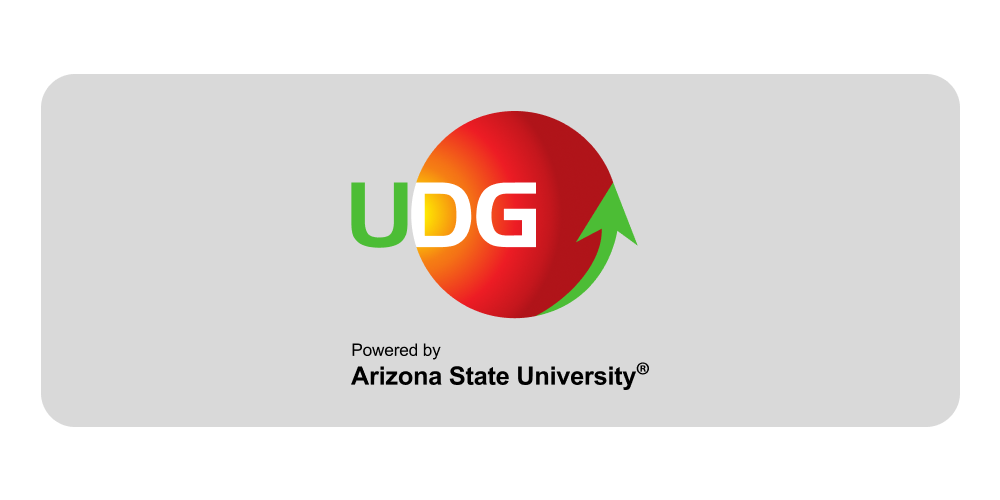'University of Zagreb, Department of Geography'
Changes in the Economic Importance of Transit Tourism in Gorski Kotar
2013
Croatian
U radu istraživan je kontinuitet gospodarske važnosti tranzitnog turizma te utjecaj promjena na ukupni razvitak Gorskog kotara. Cilj rada je pokušati sagledati uzroke promjena gospodarske važnosti tranzitnog turizma. Istraživanje se zasniva na empirijskoj i metodi terenskog kartiranja kao i na istraživačkom razgovoru (interviewu). U dijelu rada koji razmatra turistički promet korištene su metoda analize i statistička metoda. Rezultati ukazju kako se mogu izdvojiti četiri faze razvoja i značenja tranzitnog turizma u Gorskom kotaru. Prva faza povezana je s odvijanjem zaprežnog prometa na Karolinškoj (1732.) i Lujzijanskoj cesti (1811.). U tome prvom razdoblju tranzitni turizam je izgradio osnovnu infrastrukturu te je imao velikog utjecaja na nastanjivanje Gorskog kotara. U drugome razdoblju glavna tranzitna prometnica postala je pruga Zagreb-Karlovac- Rijeka koja je puštena u promet 1875. godine. Pruga se pokazala uspješnijom od cesta u savladavanju vremenskih i prostornih prepreka pa je od cesta preuzela i prijevoz putnika. Od tranzitnog turizma na željeznici najveću ekonomsku korist imalo je prijevozničko poduzeće koje je podiglo prateće uslužne objekte na željezničkim kolodvorima. Na nastanak treće faze utjecao je sve masovniji automobilski promet i obnovljeni prometni značaj Lujzijanske ceste. To je razdoblje nastalo šezdesetih godina prošlog stoljeća te je počelo slabiti nakon preusmjeravanja prometa na trasu autoceste Bosiljevo- Rijeka 2003. godine. U prvome i drugom razdoblju tranzitni turizam u Gorskom kotaru imao je sekundarnu gospodarsku važnost a pod kraj trećeg razdoblja postao je vodeća grana lokalne ekonomije. Najnovije promjene, s kojima je začeto četvrto razdoblje, odvijaju se bez bilo kakve planske osnove a tranzitni turizam je izgubio ekonomsko značenje.This paper examines continuity of transit tourism economic importance and changes impact on Gorski kotar development. Aim of the paper is to consider causes of changes in economy importance of transit tourism in Gorski kotar and to examine spatial consequences of those changes.The study is based on empirical and field mapping method and the research interview. Method of analysis and statistical methods are used in part where paper discusses tourist traffic. Four development periods and meanings of transit tourism in Gorski kotar can be distinguished. The first period is associated with the development carriages traffic on Karolina (1732) and Lujzijana road (1811). In this first period transit tourism has raised basic infrastructure and had a great influence on the settlement of Gorski kotar. In the second period a railroad Zagreb-Karlovac-Rijeka became a major transit route, which was opened in 1875. Railway proved to be more successful than roads in overcoming the temporal and spatial barriers so it took over the transportation of passengers from the roads. From the transit tourism in railways the greatest economic benefit had a transportation company that raised supporting service facilities at railway stations. The development of the third period was influenced by all the massive car traffic and the renewed importance Louisiana road transport. This period occurred at 1960-ties and began to weaken after the diversion of traffic on the route of the Bosiljevo-Rijeka in year 2003. The first and second period of transit tourism in Gorski kotar had a secondary economic importance and at the end of the third period, has become the leading branch of the local economy. The latest changes which were conceived by the fourth period, are taking place without any planning grounds and transit tourism has lost their economic significance as it had earlier
'University of Zagreb, Department of Geography'
Changes in the Economic Importance of Transit Tourism in Gorski Kotar
U radu istraživan je kontinuitet gospodarske važnosti tranzitnog turizma te utjecaj promjena na ukupni razvitak Gorskog kotara. Cilj rada je pokušati sagledati uzroke promjena gospodarske važnosti tranzitnog turizma. Istraživanje se zasniva na empirijskoj i metodi terenskog kartiranja kao i na istraživačkom razgovoru (interviewu). U dijelu rada koji razmatra turistički promet korištene su metoda analize i statistička metoda. Rezultati ukazju kako se mogu izdvojiti četiri faze razvoja i značenja...
Download
Croatian
2013
 Renata Grbac Žiković
,
Rade Knežević
Renata Grbac Žiković
,
Rade Knežević






